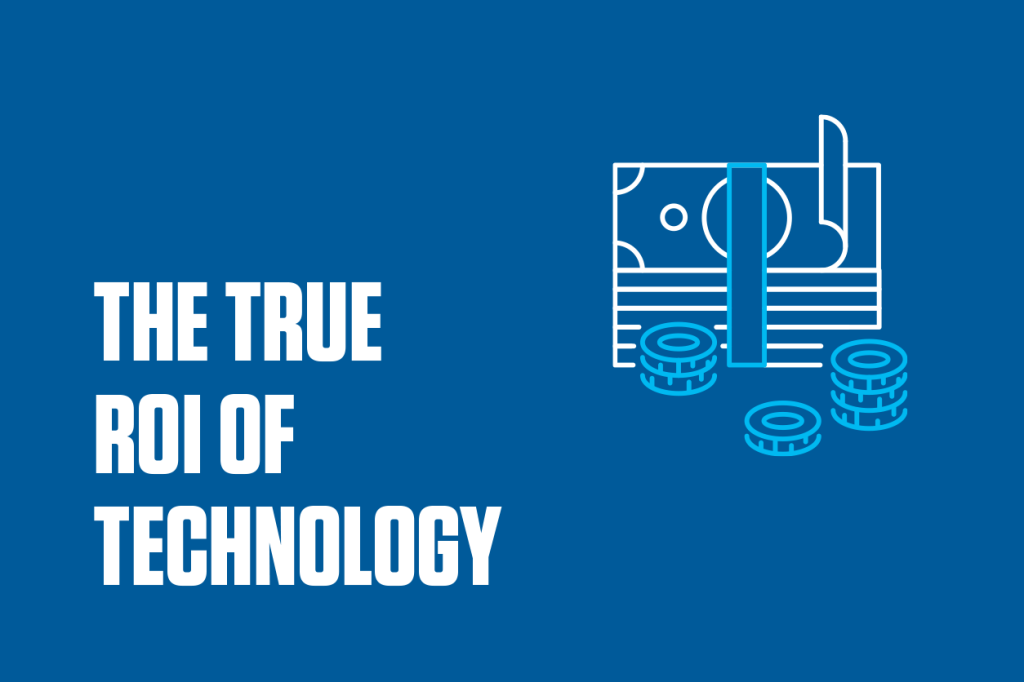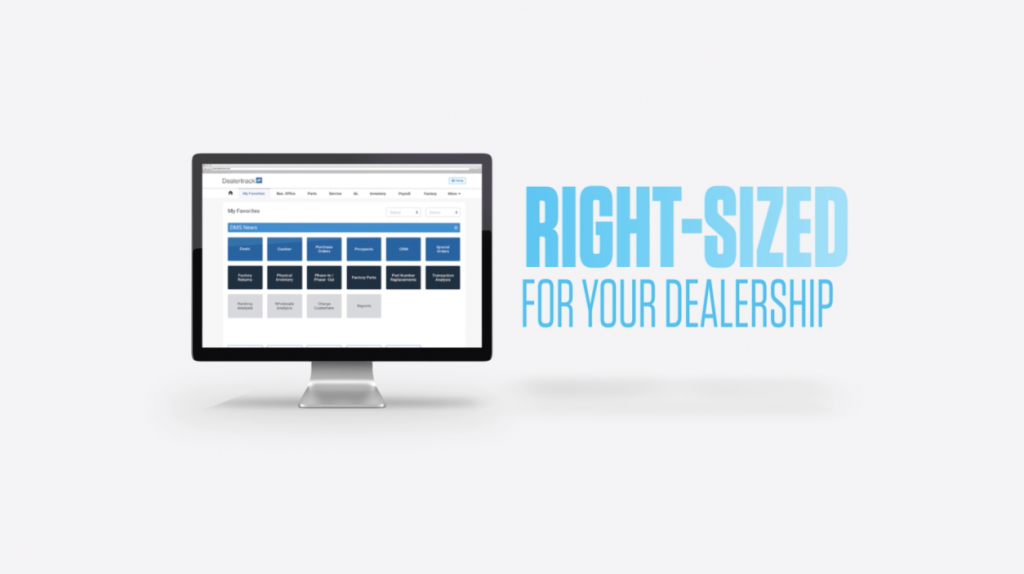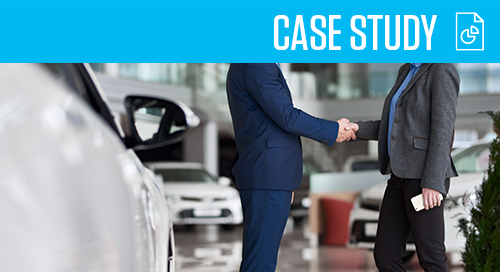Switching your Dealer Management System (DMS) is the first step toward updating your technology strategy. Adding intuitive and easy-to-integrate solutions that better fit your overall business objectives will enable your team to fully focus on what’s most important—customer interactions. There’s just one problem: How will your staff react?
Disrupting the status quo can be difficult. A technology change impacts everyone at the dealership, so it’s important to remember there may be employee concerns around the switch and how it will affect their day-to-day work. That’s why it’s crucial to get leadership on board with the change first.
According to a Prosci study of 575 change leaders, 84 percent of participants rated manager and supervisor involvement in change initiatives as “extremely important” or “very important” to the success of a project. Managers and supervisors are critical to the outcome of a change initiative because of the unique relationship they have with the organization’s staff members, effectively positioning them as an influential force during a time of transition.
So, how exactly do you get your leadership team’s buy-in? It’s important to listen to them and include them in the change management discussion. Providing this open conversation and truly hearing their ideas will help get them on board with the transition. They know the details of how they get their jobs done. You want them to feel comfortable that they will also be able to do their jobs in the new system.
This is essential, as you will need to look to management to help relay the key change messaging to the rest of the staff, act as an advocate for their departments and manage any resistance. Having your management team be part of the messaging distribution will enable them to take greater ownership in the decision to adopt a new system, ultimately helping them to more confidently communicate the ‘why’ of the transition to their respective teams.
Management can also provide invaluable insight into each department and its inner-workings. A service manager or sales manager, for example, might have a valid concern that you need to share with your chosen DMS vendor so that it can be addressed as part of the switch. A smooth transition can only occur once any and all concerns or problems are out on the table.
Even with a leadership team that is on board with the switch, there can still be risks in trickle-down communication. If you can, take the reigns and control the narrative being passed around from employee to employee by communicating directly with the entire staff upfront. Share your vision of how this new technology will help boost the dealership’s bottom line and increase efficiency for everyone and every department. Once the pace has been set, you can train management on how to continue driving the messaging moving forward.
Understanding the importance of getting buy-in and involvement from management, one of our dealer partners created a video series detailing the reasons for making the switch and the benefits to the dealership. The videos were shown to management and employees at each of the dealership’s rooftops and went as far as to detail how work life would improve with a new DMS system in place. The videos were received positively and helped secure both leadership and employee buy-in, enabling a smoother transition process overall.
Another dealership shared a written narrative around why they were making the switch. This was a dealership that had been on the prior DMS for 30+ years. But the written word spoke to both their storied past and their exciting future. That future, the owner believed, was only going to happen with a new, modern and flexible DMS.
Let’s face it, change can be scary. That’s why it’s imperative that you disseminate change messaging early on. This is a task no one can carry on their own. Having your full management team on board will be essential. Work with your team and new DMS provider to address fear of change head on and explain why the switch is necessary to ensure 100 percent employee buy-in.
A version of this article originally appeared on DigitalDealer here.
John Grace is associate vice president of operations for Dealertrack DMS, Cox Automotive. Grace brings nearly 20 years of high-tech operations and support experience to this position.Grace joined Xtime in 2011 from Tastingroom.com where he was vice president of operations. Prior to Tastingroom.com he spent nearly eight years as a member of the executive staff of the Location Services Division of Autodesk. At Autodesk, he played a critical role in the growth and expansion of the division, delivering middleware and application solutions to wireless telecommunications companies. He was responsible for managing SaaS solutions, customer premises equipment, and customer support for domestic and international customers. Grace has extensive experience with pre-IPO start-ups, as well as more established companies in all phases of technical and business management.











